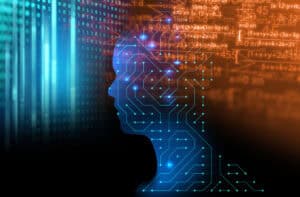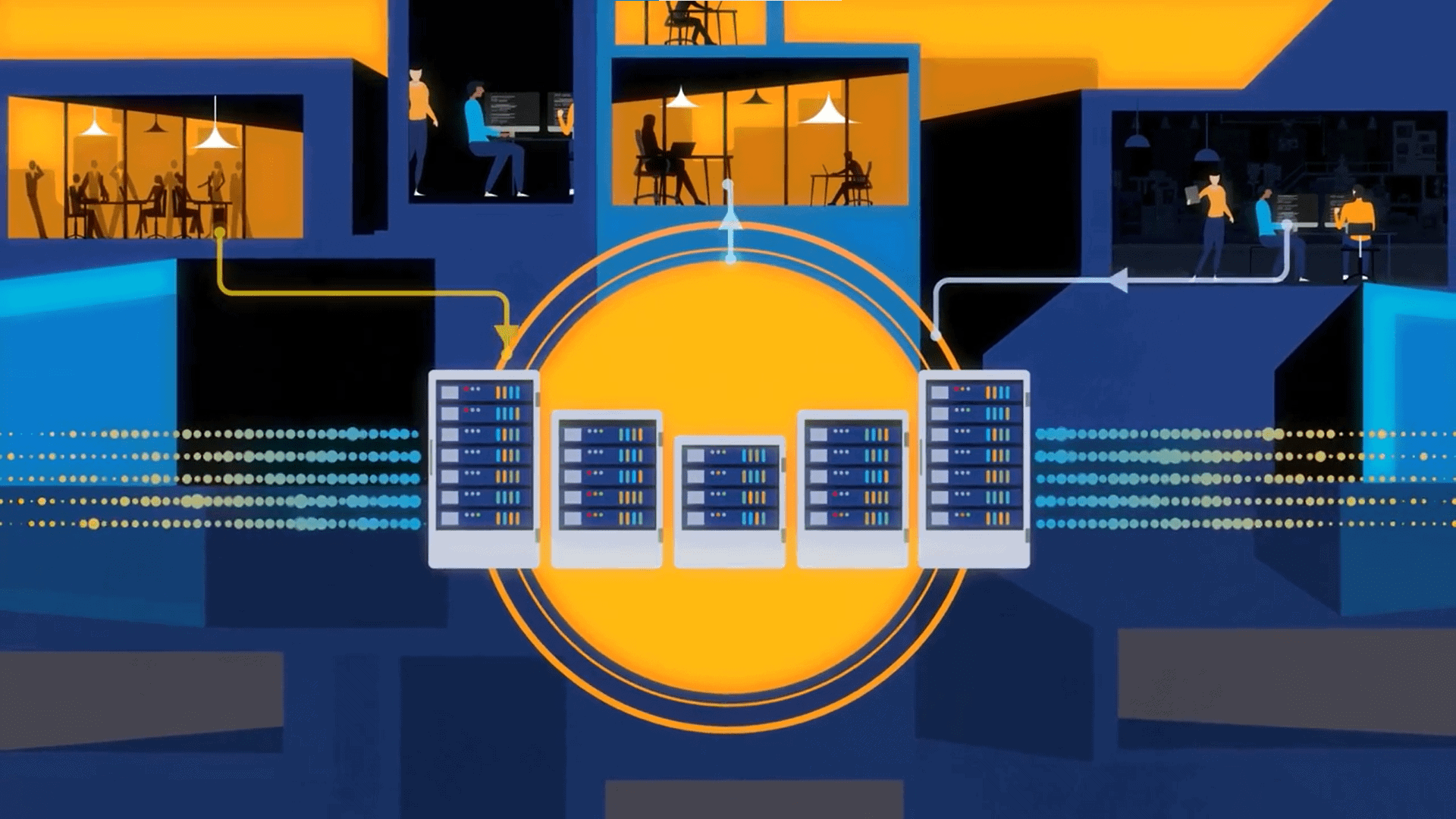
The possibility of AI reasoning in non-verbal ways opens up exciting new opportunities for the future of artificial intelligence.
In several recent viral videos, machines talking to each other bypassed human language to create a more efficient way to communicate. It was fascinating to watch, and maybe a little disconcerting, but this might be the future of AI reasoning.
Recent breakthroughs in artificial intelligence (AI) suggest that large language models (LLMs) could reason without relying on language. Traditionally, LLMs, such as GPT-2, convert abstract mathematical representations into words, which consumes significant computational resources and can lead to inefficiencies. Researchers are now exploring a new approach—allowing AI to reason directly in mathematical spaces, or “latent spaces,” without converting those thoughts into words. This shift could result in more efficient, powerful AI systems.
See also: MCP: Enabling the Next Phase of Enterprise AI
Revolutionizing AI Thought
New research introduces models that reason within latent spaces rather than relying on tokenized language. These models operate more efficiently by skipping the step where mathematical representations are transformed into words. One such model, Coconut, developed at the University of California, demonstrated that it could achieve the same results as traditional models with only a fraction of the computational resources. Another model from the University of Maryland employed a recurrent architecture that allowed it to reuse computational layers and handle complex tasks with fewer resources. These approaches indicate a shift toward AI systems that “think” in ways that aren’t tied to the limitations of human language.
The Potential of Latent Space Reasoning
These advancements in latent space reasoning could significantly alter how AI processes and interprets data. Without language constraints, models may uncover new types of reasoning patterns that human language models cannot express. This approach could lead to more efficient systems, particularly in tasks requiring complex problem-solving or moral reasoning, where traditional models struggle. However, experts caution that while the potential for innovation is immense, this shift could also lead to new challenges in ensuring that AI systems remain aligned with human goals. Nonetheless, the possibility of AI reasoning in non-verbal ways opens up exciting new opportunities for the future of artificial intelligence.































